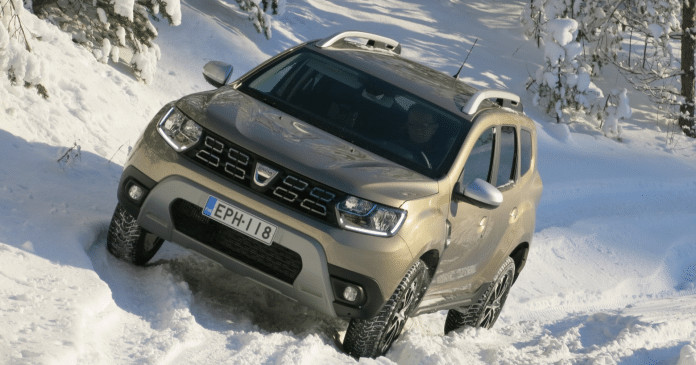Dacias new Duster model is now available in Finland. We had the chance to see the car at a press launch event both on the road and on the mast.
According to the importer, the Dacia Duster is the most sensible SUV in Finland. Whatever you think of that statement, the Duster certainly makes a lot of sense.
According to the importer, the Duster represents half of all Dacia sales in Finland. A total of about 10 000 Dacia cars have been sold in Finland, of which about 5 400 are Dusters. Worldwide, more than 2 million Dusters have been sold in various versions.
The size of the car is perhaps a little surprising. The Duster is not a small car, nor is it a big car. According to the importer, the car is in the C category, but costs only as much as a B SUV.
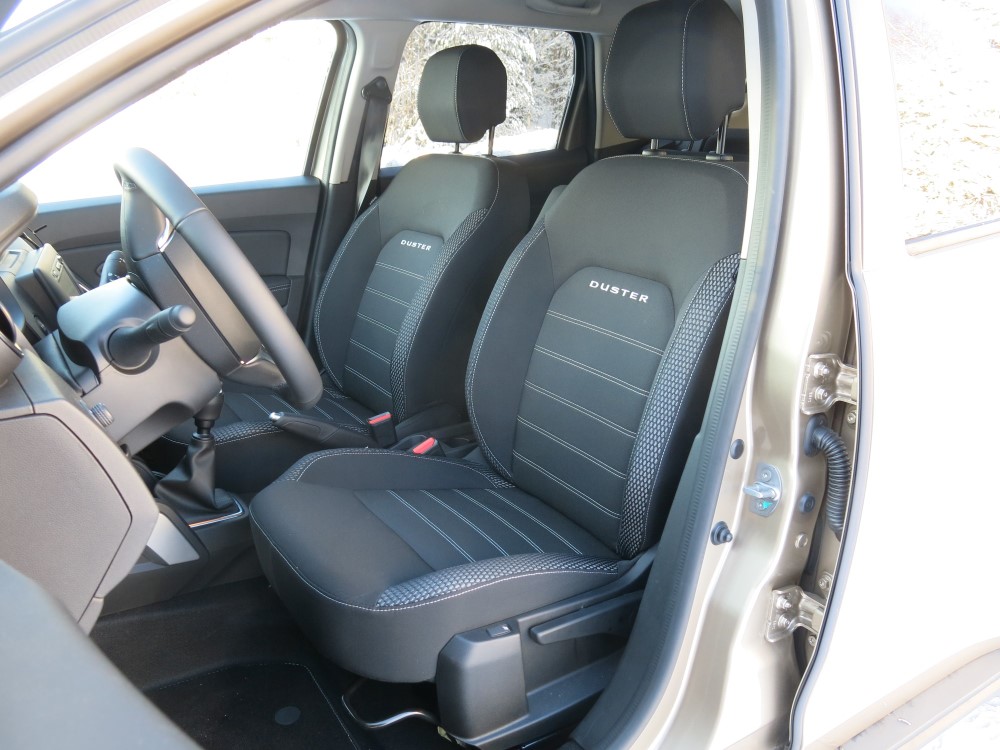
The Duster is available with both petrol and diesel engines and with four-wheel drive or front-wheel drive. The Duster is available with either a manual or automatic gearbox.
According to the importer, 75% of Dusters sold last year were four-wheel drive and just over half were equipped with a petrol engine.

Four-wheel drive off-road too
We started our journey on the road. In the driver’s seat, everything seemed to be in order. It was easier to get into a good driving position than before, thanks to the steering wheel’s distance adjustment. The seats have also been redesigned, right down to the frame, and during the day nothing was found to be wrong with the seats.
The car was fitted with studded tyres, so the traditional road noise could be clearly heard in the cabin, although the importer claims that the sound insulation has been improved. The road noise is probably much lower when driving on rubber or summer tyres.
The four-wheel drive version with manual gearbox and 125 hp petrol engine was used for the demonstration drive.
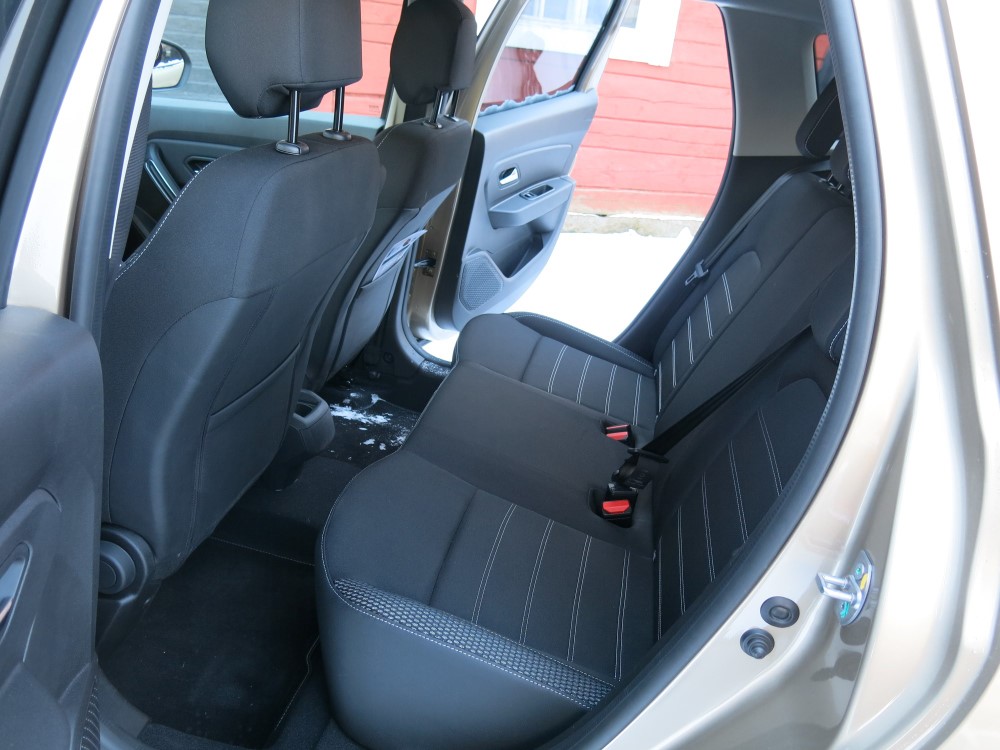
With a two-person load, the acceleration of the car was quite adequate and the journey was leisurely on smaller roads. The rest of the journey was on the motorway, where the Duster is not at its best. I prefer to take the Duster off-road.
After lunch, we got to test the Duster’s off-road capabilities. For normal drivers, they’re just fine. Few basic drivers even dare to try the Duster in places where we were able to drive with the help of an instructor.
The car handled well in first gear, which has been slightly shortened to make it more suitable for off-road use.
Click here to see other Dacia test drives.
An extremely useful aid is the downhill skid control, which works both when driving forwards and when reversing. It ensures that the car doesn’t get out of control on steep hills.
You just have to learn to trust it and remember not to slam on the brakes.
The car also has hill start assist, which makes it easier to get going uphill.

The whole exterior has been redesigned
The exterior of the Duster has been completely redesigned, although at first glance the car looks very similar to the previous version. However, according to the importer, no part is the same as the previous version.
The interior of the car has also changed. The dashboard has been completely redesigned, including a screen that is more than seven centimetres higher. The on-screen navigation is in Finnish and also provides information about speed cameras.
The cabin has been made slightly more spacious by moving the lower edge of the windscreen forward by about 10 centimetres.
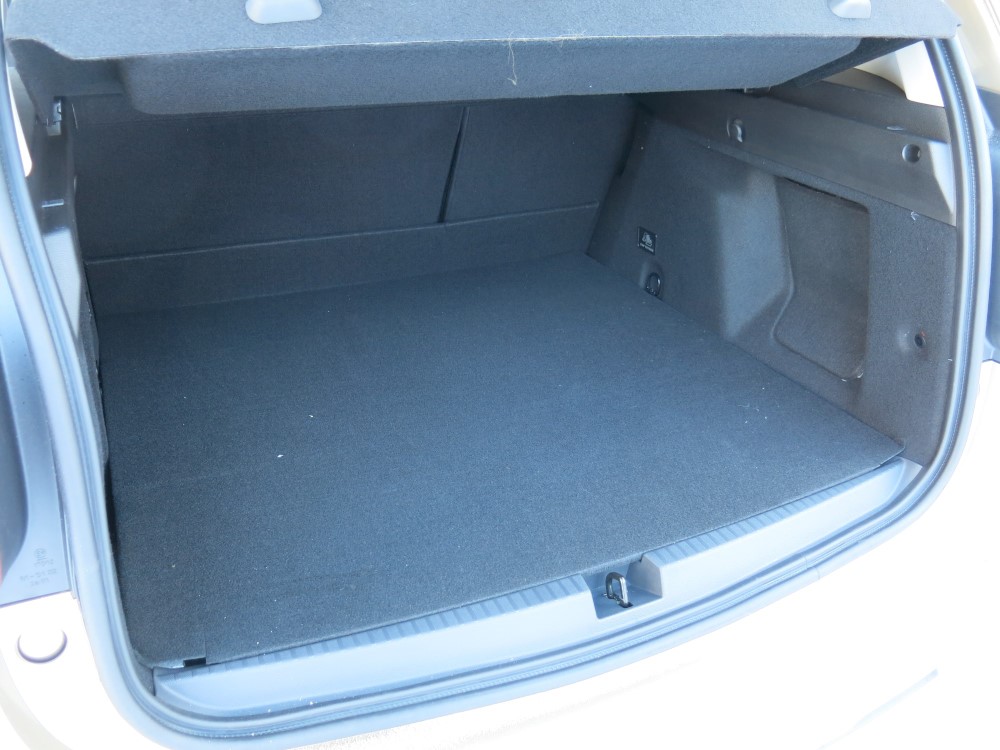
A new storage compartment for your belongings is a tray under the passenger’s front seat. The car’s traditional glove box is quite large and deep.
The boot of the car ranges from 445 to 1478 litres in the two-wheel drive model. In the four-wheel drive model it is about 40 litres less.
The new Duster now comes with automatic climate control and a smart key. The doors open automatically when the key is approached.
The car also comes with a camera system consisting of four cameras, one at the front, one at the rear and a further one in each of the two exterior mirrors. The front camera can be used, for example, to view obstacles in the terrain ahead.
The car’s power steering is now electric. During the test drive, the steering felt precise, but its return to the centre position was a little ‘sticky’.
On the safety front, the Duster now comes with six airbags as standard, including the curtain airbags, which are new on the Duster. The driver is now also reminded if the rear seat belts are not fastened.
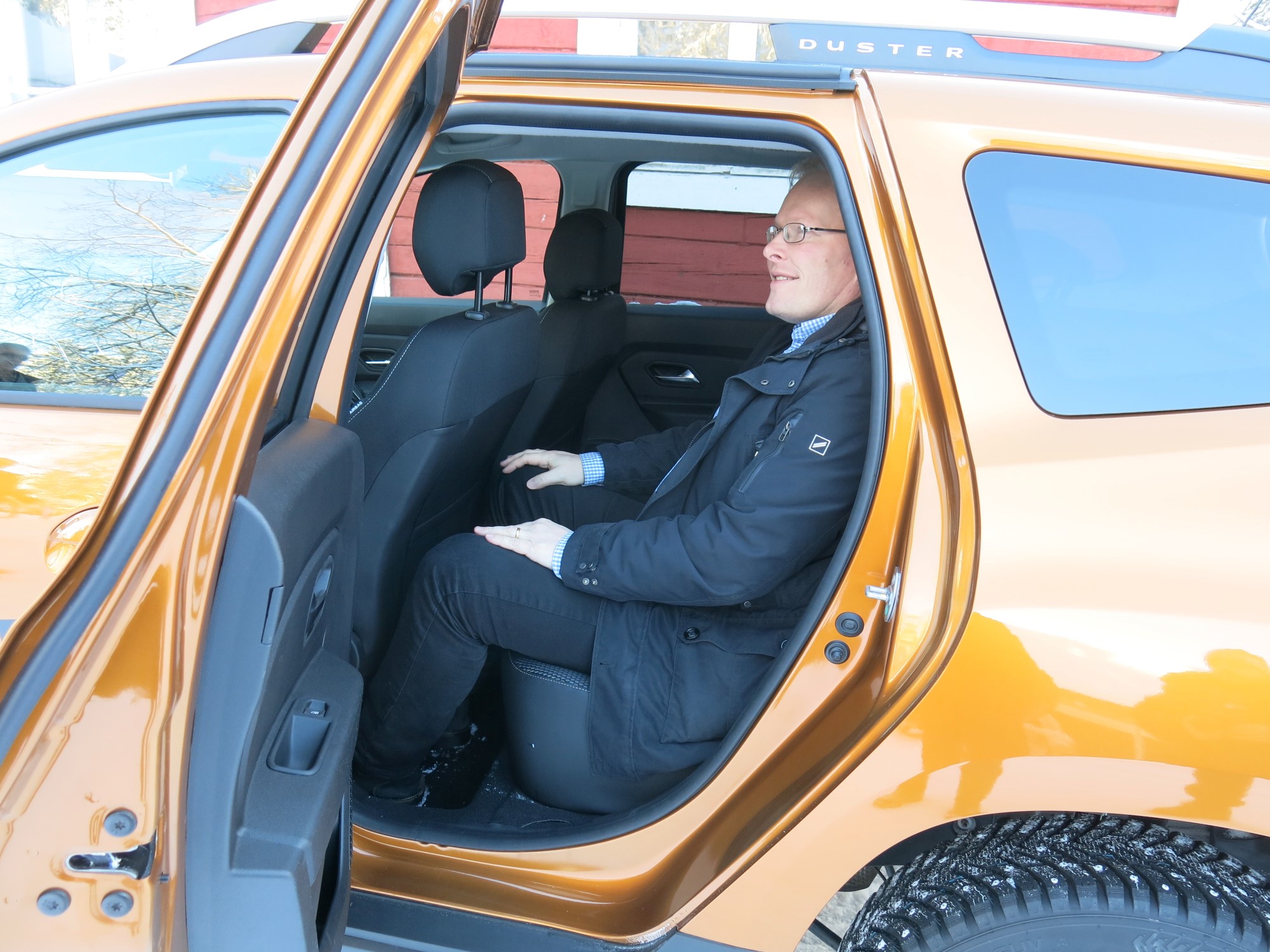
Traditional engines
The driver’s task is made easier with a range of equipment that used to be optional on the Duster, or not available at all.
All trim levels now include a trip computer, an outside temperature gauge and remote central locking.
The Comfort trim level also includes cruise control with cruise control and power windows on all doors.
The most luxurious Prestige also includes a blind-spot monitoring system, reversing radar and camera, and a navigation system.
The engine range is unchanged on the Duster. The base Access model is always front-wheel drive and has an 85 kW (115 hp) SCe engine.

The cheapest option in the model range now costs €15,399, which is €1,000 more than before, but for the money you get a lot of equipment, as standard features now include body-coloured bumpers and electric windows in the front doors, in addition to those previously mentioned.
A brand new option is the cheapest diesel-engined front-wheel drive Duster dCi 110 Essential, priced at €17 999.
In addition to the Access equipment, it features a two-piece asymmetrically split rear seat backrest, Dacia Plug & Radio with CD player, mp3 player and bluetooth connection.
The audio system is operated from switches located on the steering wheel. The equipment list also includes air conditioning, black roof rails and height-adjustable front seat belts and driver’s seat.
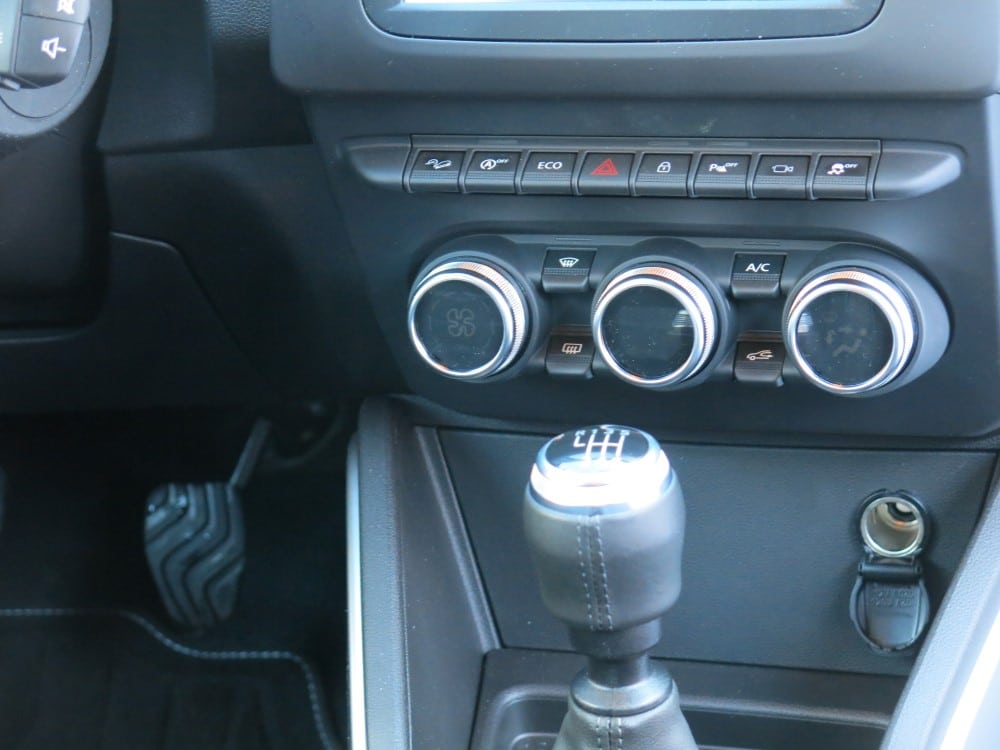
According to the importer, only a few of the above trim levels are sold each year, as most buyers will end up with the new Comfort, replacing the previous Laureate trim level, or the new Prestige, which has become the top model.
These will be powered by a choice of the TCe 125 with either front or four-wheel drive and the dCi 110 turbodiesel four-wheel drive with manual or front-wheel drive with dual-clutch gearbox.
The front-wheel drive Duster TCe 125 Comfort costs EUR 17 399 and the four-wheel drive version costs EUR 20 399.
The price has risen by only 400 euros, although in addition to the improved features, standard equipment now includes cruise control and, in four-wheel drive, downhill stability control. Both diesel variants cost €21 399.
A new luxury trim level is the Prestige, with an extra price of €1,000 compared to the Comfort.
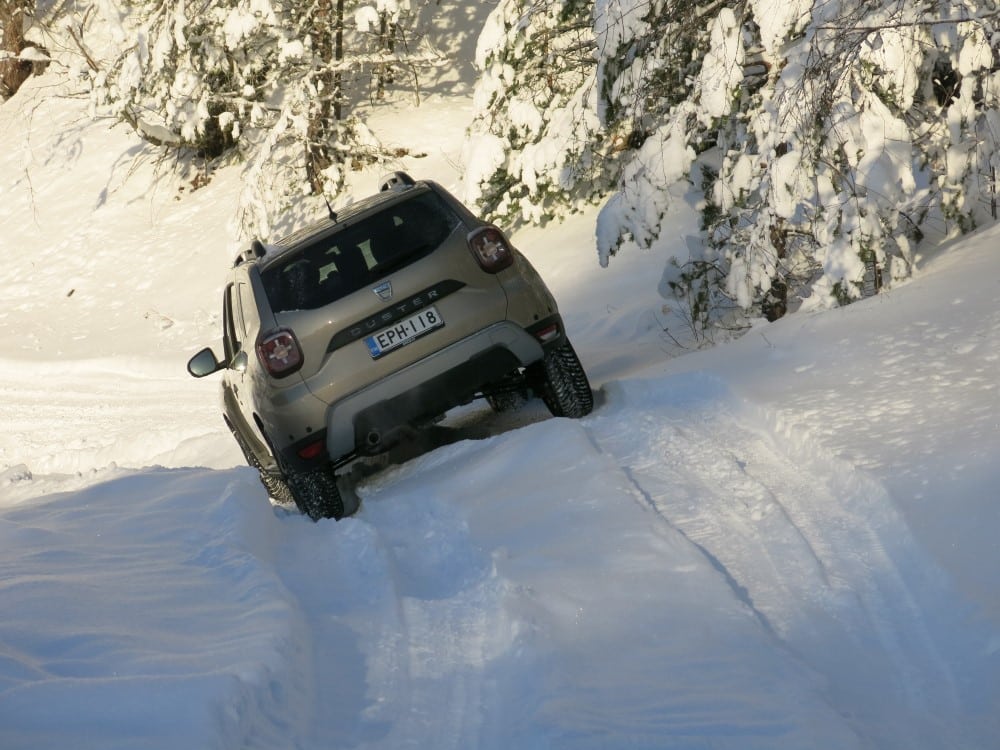
The Prestige trim level comes with an appearance-enhancing Design Pack, which includes 17-inch alloy wheels, silver-grey mirror covers and roof rails, grey front and rear bumper lower trims and tinted rear windows.
In addition to the safety features mentioned above, the Prestige has a driver’s seat with lumbar adjustment, front elbow rests and a 7-inch colour touchscreen Media Nav with navigation, Bluetooth music streaming and aux and usb connections.
Four-wheel-drive models also have a 4×4 monitor showing tilt angles and a compass.
To make the Prestige even more complete, you can opt for a camera and a smart key. Automatic climate control and leather upholstery are also available and can be selected for the Comfort.
The Duster for sale in Europe is produced in Romania at the Pitesti plant. The car comes with a three-year warranty. In addition, the buyer will receive roadside assistance.
The second generation of the Dacia Duster will be presented in Finland from 15 to 18 February 2018.
